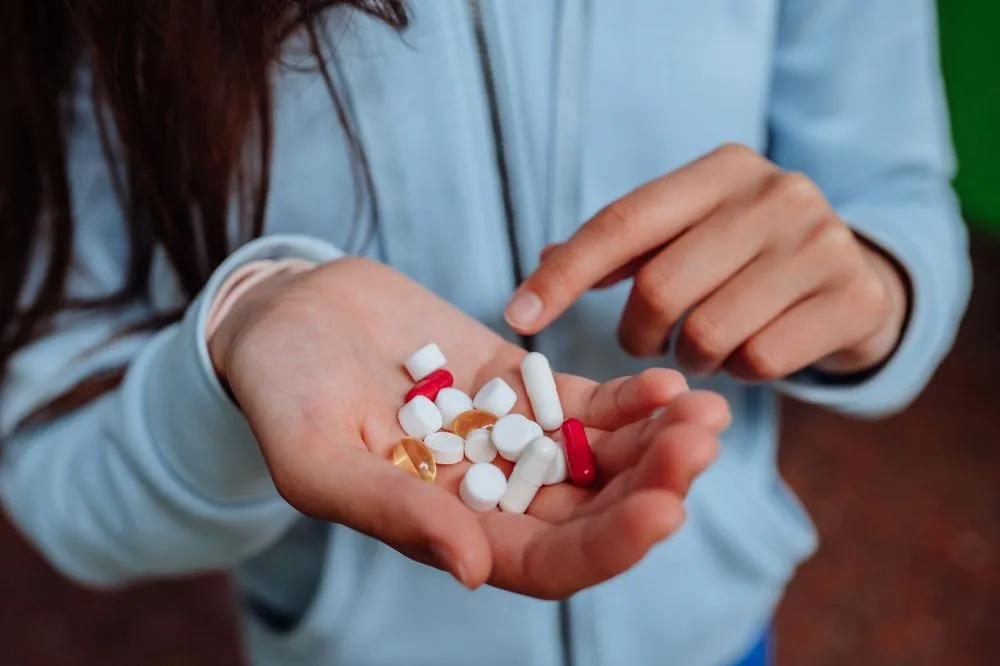Summary: Despite declining opioid prescriptions, opioid overdose-related events are increasing. Buprenorphine is among the first and most effective drugs to treat opioid use disorder (OUD). Unfortunately, a new study shows that those with a treatment gap are almost three times more likely to overdose on opioids. Thus, buprenorphine noncompliance must be regarded as a significant red flag.
Opioid use may be declining, but not opioid abuse. As pressure on doctors mounts, they are increasingly hesitant to prescribe opioids. However, data shows that this did not result in a decline in opioid abuse and opioid overdose-related deaths. In fact, opioid overdose deaths in 2021 were almost 50% more than in 2020, causing more than 70,000 fatal outcomes.
It means that there is still a need to understand or identify the causes of opioid overdose. It is essential to provide proper treatment to those living with opioid addiction. There must be more effort to prevent opioid overdose-related deaths. One of the ways to prevent these deaths is to identify the red flags and individuals at the greatest risk of overdose. Now the study shows that those who do not use buprenorphine medication regularly are considerably more likely to die of opioid overdose.
Buprenorphine is also a kind of opioid, but a safer opioid used to treat opioid use disorder (OUD). It is often prescribed as a part of opioid addiction treatment and is quite good. It is among the first medications approved for treating OUD. However, treatment outcomes depend on how regularly one uses any medicines. Thus, compliance is the key, and OUD treatment with buprenorphine is no exception.
In the new study published in one of the most reputed journals JAMA Psychiatry, researchers analyzed the data of 34,505 patients receiving buprenorphine medication under the Medicare scheme. They found that the treatment gap was more common in young males and those living with disabilities. However, more importantly, researchers found that the risk of opioid overdose in such individuals was 2.89 times higher than in nontreatment gap beneficiaries.
The difference of almost three times higher risk in different groups is massive and considerable. It is something vital to know. There were some other interesting findings in the study. The treatment gap increased the risk by 2.84 times in those prescribed 16mg/d of buprenorphine. However, this risk was 3.62 times in those taking 8mg/day or less. It means that the risk was higher in young patients or those in whom treatment had not been started long ago.
These are interesting findings in many aspects. It is among the few studies that could identify a major red flag pointing to the risk of opioid overdose and related deaths. It shows that there is an urgent need to improve compliance in those taking opioid addiction treatment.
Of course, compliance is important in any treatment. However, no one imagined that noncompliance with buprenorphine treatment might be associated with such a massive opioid overdose risk.
These findings are relevant both for the doctors and those living with OUD. For patients, it is vital to understand that they are risking their lives by not following the treatment. Therefore, one should avoid the casual approach, avoid seeking opioids, and instead try sticking to the treatment.
It is a wake-up call for doctors, healthcare workers, and policymakers to start taking opioid addiction treatment compliance more seriously. It is evident from the study that nontreatment compliance is one of the most significant overdose risk factors. Unfortunately, in many cases, identifying noncompliance is not an issue, especially in the age of electronic health records. Hence, steps must be taken to identify such patients and provide greater medical care to such individuals to prevent unfortunate events.






